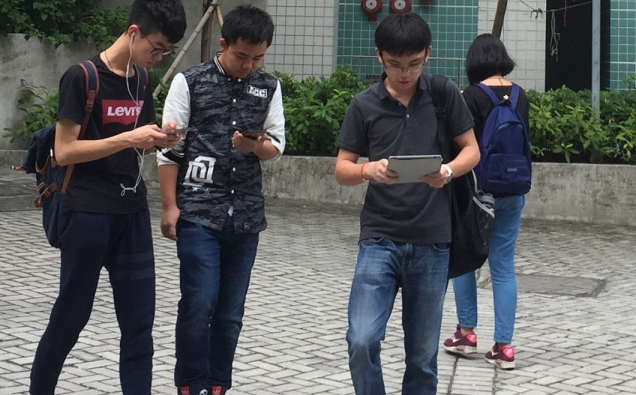
Where is fake news? Where is the real news? Irrespective of what side of a debate or subject you are on, real and fake news could exist close to each other. Fake news is common on the social media but it also makes its way to the main media – hence the need for vigilance in the constant contest of narratives.
But how to counter it, when the Internet users have no time to confirm it either way. Is it journalists’ responsibility alone? What about bloggers, one-sided media outlets and phony websites that young people get their information from?
A UN panel is suggesting that states and governments have the prime responsibility to convey truthful accounts of policies and events.
“State actors should not make, sponsor, encourage or further disseminate statements which they know or reasonably should know to be false (disinformation) or which demonstrate a reckless disregard for verifiable information (propaganda),” a Joint Declaration issued experts says.
State actors, experts stress, should ensure that they disseminate reliable and trustworthy information, including about matters of public interest, such as the economy, public health, security and the environment.
According to the UN, the Declaration was made by the UN Special Rapporteur on freedom of opinion and expression, David Kaye, along with his counterparts from the Organization for Security and Co-operation in Europe (OSCE), the Organization of American States (OAS), and the African Commission on Human and Peoples’ Rights (ACHPR).
“‘Fake news’ has emerged as a global topic of concern and there is a risk that efforts to counter it could lead to censorship, the suppression of critical thinking and other approaches contrary to human rights law. In this Joint Declaration, we identify general principles that should apply to any efforts to deal with these issues,” explained Kaye.
![By Pratyeka (Own work) [CC BY-SA 4.0 (http://creativecommons.org/licenses/by-sa/4.0)], via Wikimedia Commons](https://www.viewsnews.net/wp-content/uploads/2017/03/Thai-coup-detat-2014-social-media-banner-1024x774.jpg)
Thai Coup detat 2014 – A banner warns people against liking or sharing non-mainstream views on institutions or monarchy and threatens jail term in Thailand. Photo : Pratyeka via Wikimedia Commons
It argues that the States have a “positive obligation” to promote a free, independent and diverse communications environment, including media diversity, which is a key means of addressing disinformation and propaganda.
Regarding the role of other stakeholders – including intermediaries, media outlets, civil society and academia – the
Declaration says they “should be supported in developing participatory and transparent initiatives for creating a better understanding of the impact of disinformation and propaganda on democracy, freedom of expression, journalism and civic space, as well as appropriate responses to these phenomena.”
A UN report also clarifies that UN Special Rapporteurs and independent experts are appointed by the Geneva-based Human Rights Council to examine and report back on a specific human rights theme or a country situation. The positions are honorary and the experts are not UN staff, nor are they paid for their work.
So, in a nutshell, it is transparency on part of the states that matters critically in disseminating correct information.
But then, there are social and business issues in the societies. Organizations like political parties, community organizations, NGOs and credible platforms of the digital media also have a huge responsibility in telling the truth – another challenge for journalism in the age of digital media, when literally everyone can be a reporter, and also often when smartphone is the only machine you have to access the social media platforms
The challenge is becoming all the more important as global democratic climate suffers with the emergence of autocratic rulers in several advanced countries.
IMAGE on the top: Smartphone Zombies Photo by Ccmsharma2 via Wikimedia Commons












